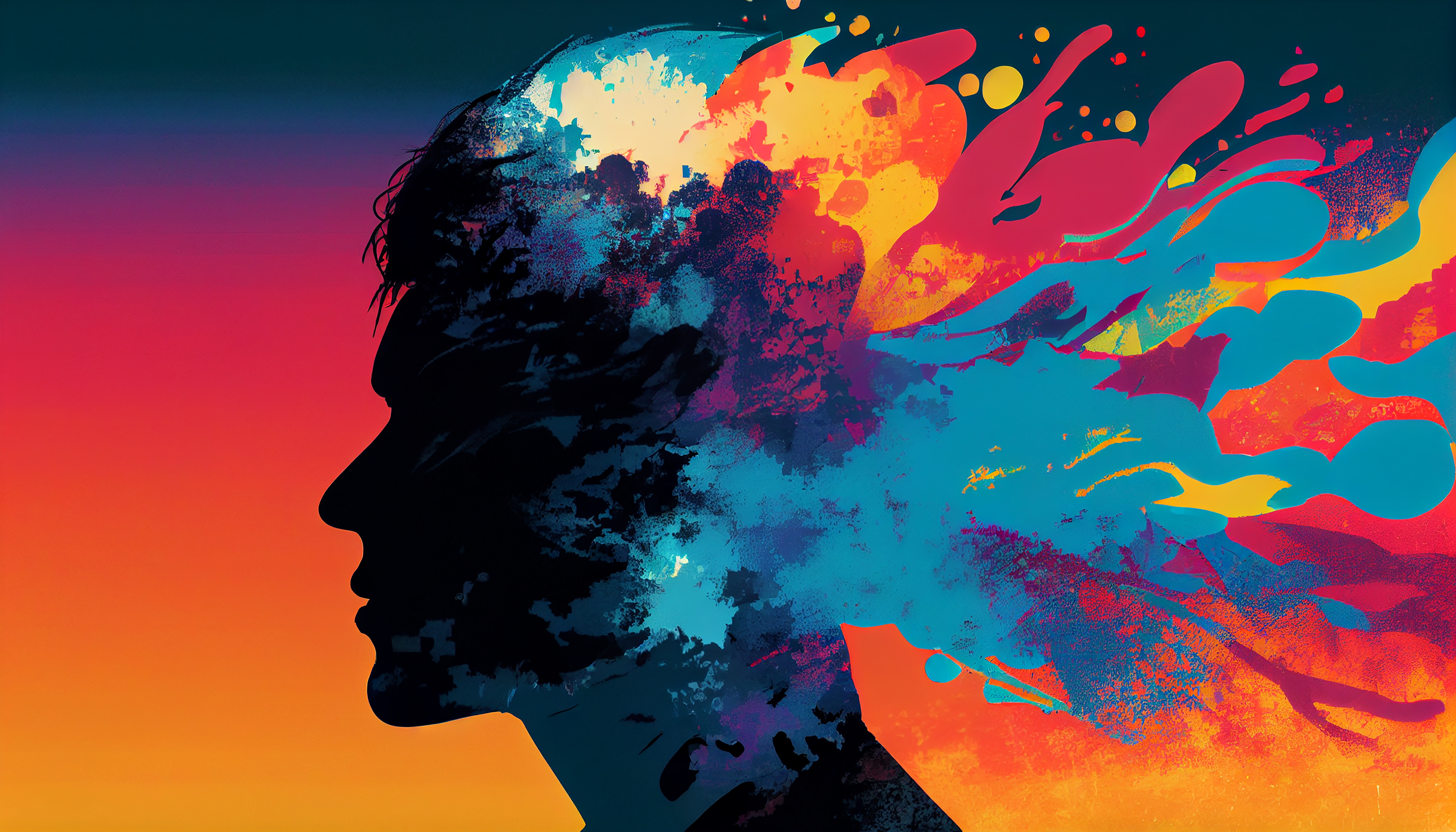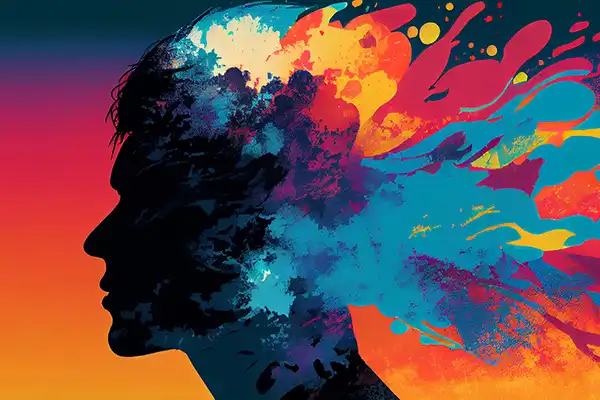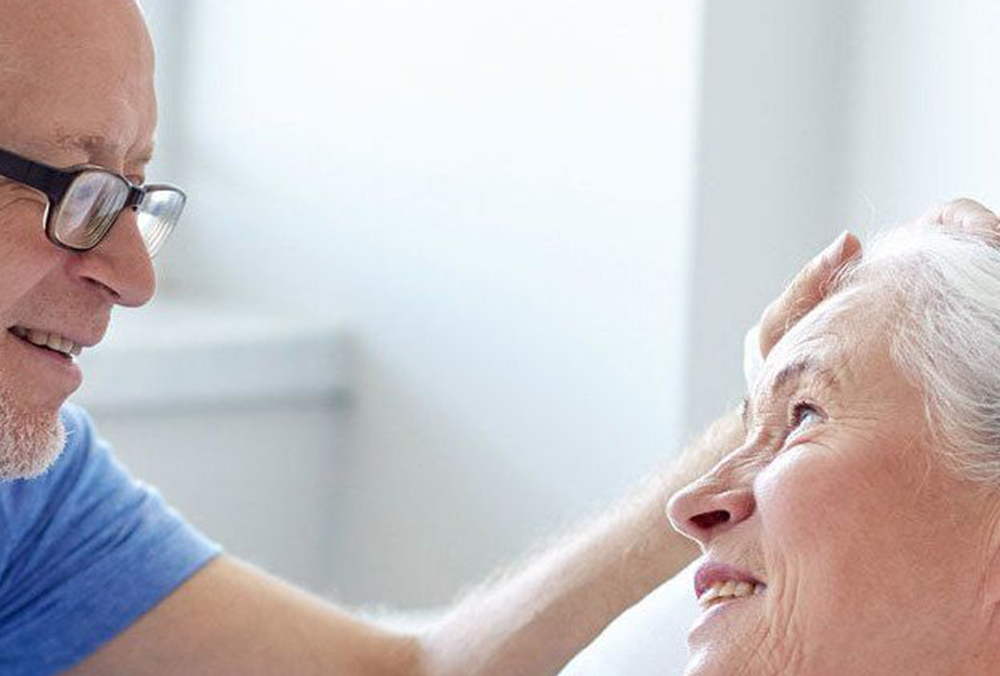

Activities
Our Blogs

Pain and Coping
Welcoming old age
Old age is an opportunity to reflect upon the years which have passed by, a time to complete the tasks that were long left undone, a period to savour the wisdom and the little pleasures of life, and a privilege to contemplate life’s joys and hardships in tranquility. It is also the time when outdoor exercises become a tad too dangerous, when medicine bottles in the cabinet multiply all too quickly, when wrinkles and saggy bits appear for fun, and when age-related illnesses eventually catch up. A major shift in the age distribution of the world’s population is now taking place, with the percentage of the population over 65 years old expected to double in 30 years.
Pain in the elderly
Older persons are more likely to suffer from persistent pain than younger persons, and pain is the most frequently reported symptom by senior citizens. In addition, in old age, pain tends to be constant, severe, longer lasting, occurs in multiple body parts and due to multiple reasons. Examples of chronic pain conditions common in adults of advanced age are osteoarthritis, pain following a herpes zoster infection, spinal canal narrowing, cancer, fibromyalgia, pain following a brain stroke, diabetic nerve damage pain and others.
Reporting pain with old age
Elderly adults are less sensitive to pain, but this does not mean that when pain is present they experience it less intensely. When older persons do report pain, they are likely to be afflicted with greater levels of the underlying disease process than younger individuals who report the same level of pain. Older persons tend to under-report pain, because of misinterpretation of the physical sensations, difficulty in understanding how their pain is assessed, and false beliefs about pain and its management. Older persons with memory loss or with impaired vision or hearing are even more at risk of under-treatment of pain, due to the difficulties in communicating their pain.
The added burden in old age
The impaired quality of life secondary to pain may be expressed as depression (including increased suicide risk), anxiety, sleep disruption, appetite disturbance and weight loss, cognitive impairment, and limitations in the performance of daily activities. Older persons with persistent pain consider their health as poorer and make more visits to the hospital than those without pain. These added burdens markedly improve with effective management of pain.
Limitations with medicines
Older persons are more vulnerable than younger persons since they often suffer from multiple medical and nutritional problems, which limit the treatment options with pain killer medicines. This is due to an increased risk of side effects and problems with complex drug interactions. Medicines for persistent pain are most effective when combined with non-drug approaches such as physical therapies (e.g., exercise program, application of heat or cold), psychological methods (e.g., relaxation, Vipassana meditation, Pranayama), pain education programs, social interventions and complementary therapies (e.g., acupuncture).
In a nutshell, effective treatment of pain in adults of advanced age requires specialised knowledge and training in managing pain. The wisdom of old age begets greater tolerance, patience and strength to face the disappointments, inconvenience, tragedy, and hardship with an unruffled demeanour. Ageing, as a dynamic life stage, offers a newfound psychological and spiritual freedom all of its own. Then there is the realisation that ones spiritual and human potential is emerging, not in spite of the challenges ageing brings, but because of them. Such wonderful decades could yet turn out to be the best years of ones life. But imagine one could live a long fruitful life and remain pain free right to the end. That surely would be worth wishing for.


 Prev
Prev



